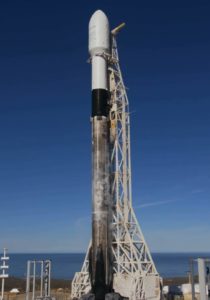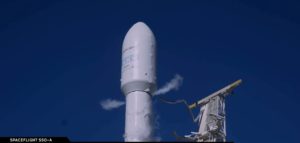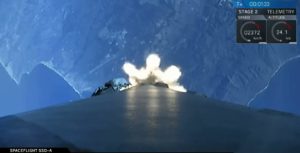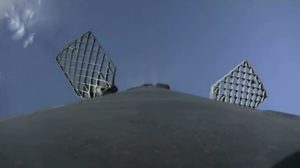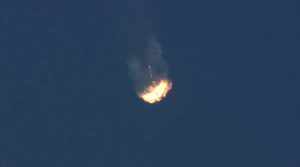

News
SpaceX Falcon 9 Block 5 booster nails third launch and landing in 7 months
Following a bit less than three weeks of relentless launch delays and scrubs, SpaceX has successfully launched and landed a Falcon 9 Block 5 booster for the third time, marking a critical milestone for the company’s long-held aspiration of building and operating rockets that can begin to approach the reliability, reusability, and affordability of modern aircraft.
While SpaceX still has a long way to go before Falcon 9 (or BFR) can hope to touch airliners, this triple launch and landing of a single Falcon 9 booster is the biggest step yet towards that critical goal. Having now completed three launches in an impressively routine fashion, Falcon 9 B1046 may be on a fast track to become the first SpaceX rocket to launch four or more times in the near future.
Falcon 9 first stage has landed on the Just Read the Instructions droneship—completing this rocket booster’s third launch and landing this year. pic.twitter.com/DXqT7KH9sM
— SpaceX (@SpaceX) December 3, 2018
What exactly goes into the process of preparing Falcon 9 Block 5 boosters for reused launches is not entirely clear, but it can be said with some confidence that Block 5 (or SpaceX’s comfort level) is not quite to the point that a booster has flown with literally zero significant refurbishment between launches. It’s possible that the average 3-4 months Block 5 boosters currently spend between launches is filled solely with inspections, nondestructive testing, and perhaps some mild cleaning in certain areas, but it’s certainly not as probable as the need for some mildly to moderately significant repairs or part replacements.
Ultimately, this is a transparent nitpick that ignores the simple reality that SpaceX is already reusing rockets more rapidly and efficiently than any other entity in history, in which NASA’s Space Shuttle is truly the only orbital-class rocket that can lay claim to technically faster launch turnaround times, although Shuttle refurbishment relied on a massive infrastructure that cost a minimum of $5-10M every day. At the absolute least, SpaceX’s inspection and refurbishment of Falcon 9 Block 5 boosters is somewhere between 10 and 20 times cheaper than NASA’s best Shuttle refurbishment.
Four launches and beyond
While SpaceX webcast hosts and company engineers Lauren Lyons and Kate Tice didn’t specifically mention the possibility, it’s very likely that – should post-recovery inspections uncover no major surprises – Falcon 9 B1046’s successful third launch and landing could pave the way for a future of 4, 5, 6, or more launches as 2018 comes to a close and 2019 nears the horizon. As SpaceX’s reusability engineers and technicians begin to gain confidence with how Falcon 9’s Block 5 upgrade behaves after multiple launches and landings, the time needed between flight-proven launches of the same booster should continue to rapidly decrease over the next 6-12 months. According to COO and President Gwynne Shotwell, Block 5 boosters are already outperforming expectations.
Shotwell: Falcon 9 first stages come back in much better shape than anticipated. Have refurbishment time down to four weeks; goal is still a one-day turnaround next year. #WSBW
— Jeff Foust (@jeff_foust) September 11, 2018
Finally, Lyons noted that SpaceX had, in fact, sent Mr. Steven out into the Pacific Ocean for the fairing recovery ship’s first catch attempt in more than four months, and said that the company would provide updates about that attempt later on. Stay tuned to find out how that fairing recovery attempt went!
Mr. Steven is stationed in the Pacific, as SpaceX will attempt to catch and recover the fairing this mission. pic.twitter.com/A7aBSJoFfc
— SpaceX (@SpaceX) December 3, 2018
For prompt updates, on-the-ground perspectives, and unique glimpses of SpaceX’s rocket recovery fleet check out our brand new LaunchPad and LandingZone newsletters!
News
Tesla cleared in Canada EV rebate investigation
Tesla has been cleared in an investigation into the company’s staggering number of EV rebate claims in Canada in January.
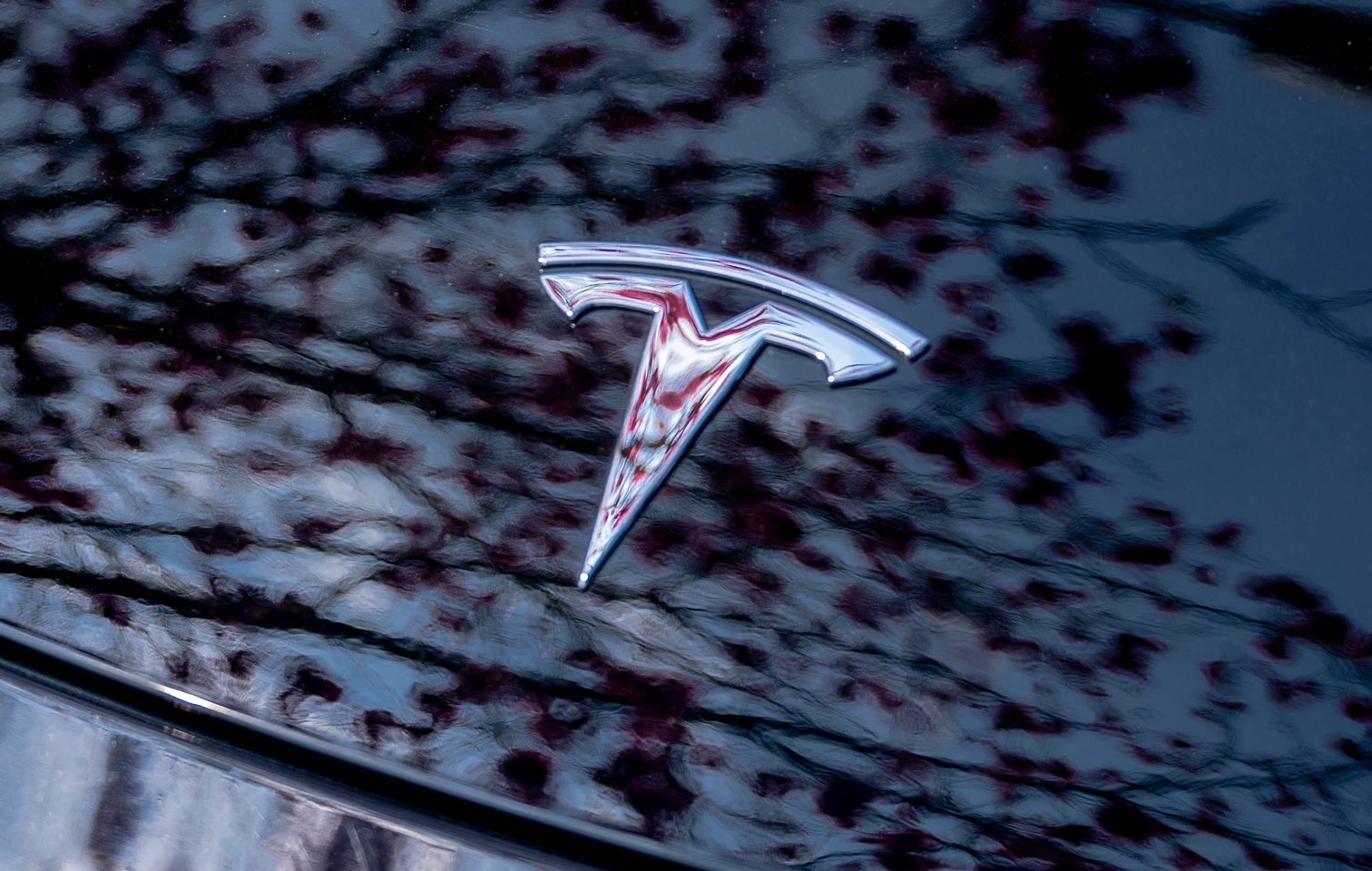
Canadian officials have cleared Tesla following an investigation into a large number of claims submitted to the country’s electric vehicle (EV) rebates earlier this year.
Transport Canada has ruled that there was no evidence of fraud after Tesla submitted 8,653 EV rebate claims for the country’s Incentives for Zero-Emission Vehicles (iZEV) program, as detailed in a report on Friday from The Globe and Mail. Despite the huge number of claims, Canadian authorities have found that the figure represented vehicles that had been delivered prior to the submission deadline for the program.
According to Transport Minister Chrystia Freeland, the claims “were determined to legitimately represent cars sold before January 12,” which was the final day for OEMs to submit these claims before the government suspended the program.
Upon initial reporting of the Tesla claims submitted in January, it was estimated that they were valued at around $43 million. In March, Freeland and Transport Canada opened the investigation into Tesla, noting that they would be freezing the rebate payments until the claims were found to be valid.
READ MORE ON ELECTRIC VEHICLES: EVs getting cleaner more quickly than expected in Europe: study
Huw Williams, Canadian Automobile Dealers Association Public Affairs Director, accepted the results of the investigation, while also questioning how Tesla knew to submit the claims that weekend, just before the program ran out.
“I think there’s a larger question as to how Tesla knew to run those through on that weekend,” Williams said. “It doesn’t appear to me that we have an investigation into any communication between Transport Canada and Tesla, between officials who may have shared information inappropriately.”
Tesla sales have been down in Canada for the first half of this year, amidst turmoil between the country and the Trump administration’s tariffs. Although Elon Musk has since stepped back from his role with the administration, a number of companies and officials in Canada were calling for a boycott of Tesla’s vehicles earlier this year, due in part to his association with Trump.
News
Tesla Semis to get 18 new Megachargers at this PepsiCo plant
PepsiCo is set to add more Tesla Semi Megachargers, this time at a facility in North Carolina.
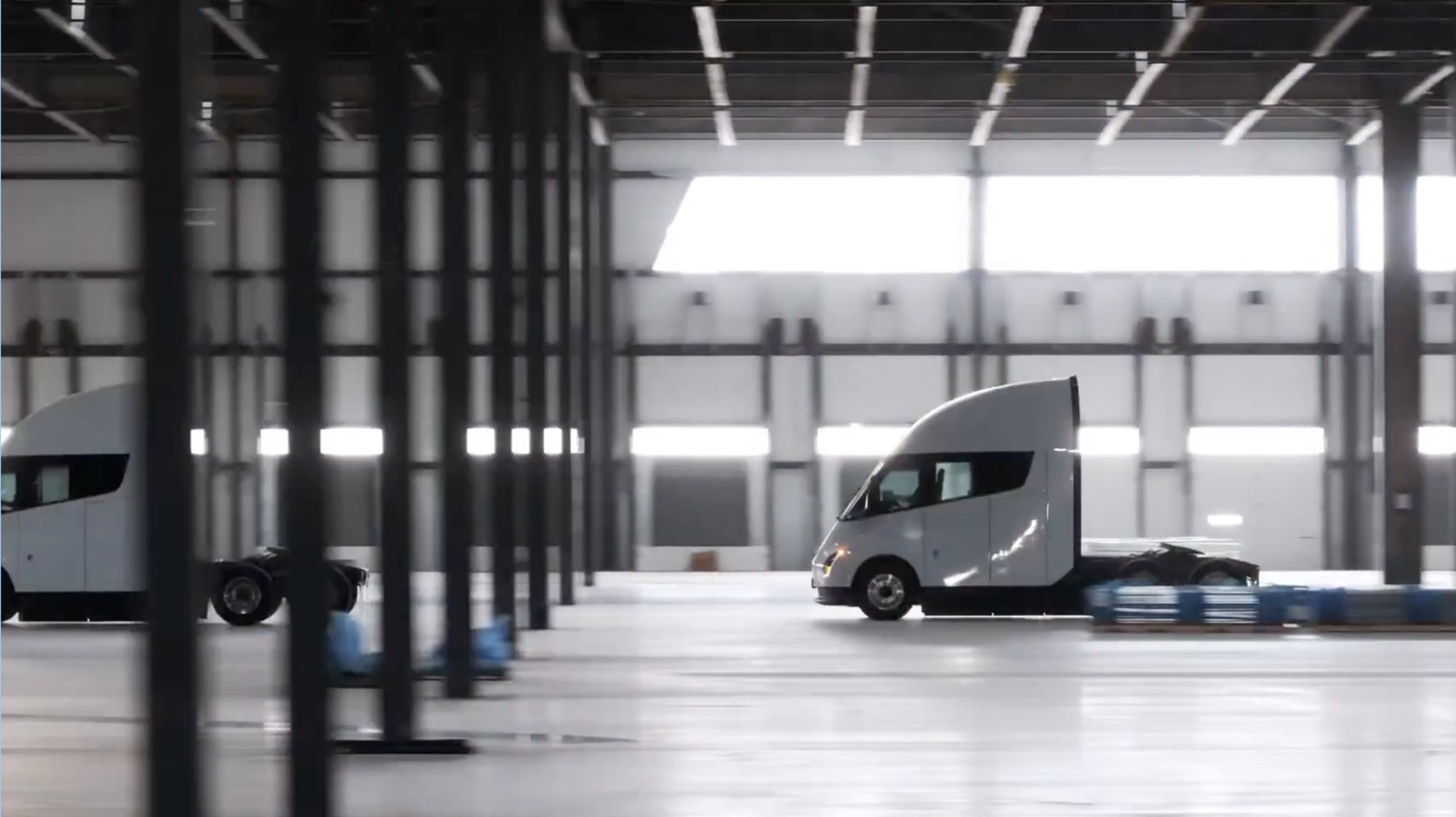
Tesla partner PepsiCo is set to build new Semi charging stations at one of its manufacturing sites, as revealed in new permitting plans shared this week.
On Friday, Tesla charging station scout MarcoRP shared plans on X for 18 Semi Megacharging stalls at PepsiCo’s facility in Charlotte, North Carolina, coming as the latest update plans for the company’s increasingly electrified fleet. The stalls are set to be built side by side, along with three Tesla Megapack grid-scale battery systems.
The plans also note the faster charging speeds for the chargers, which can charge the Class 8 Semi at speeds of up to 1MW. Tesla says that the speed can charge the Semi back to roughly 70 percent in around 30 minutes.
You can see the site plans for the PepsiCo North Carolina Megacharger below.
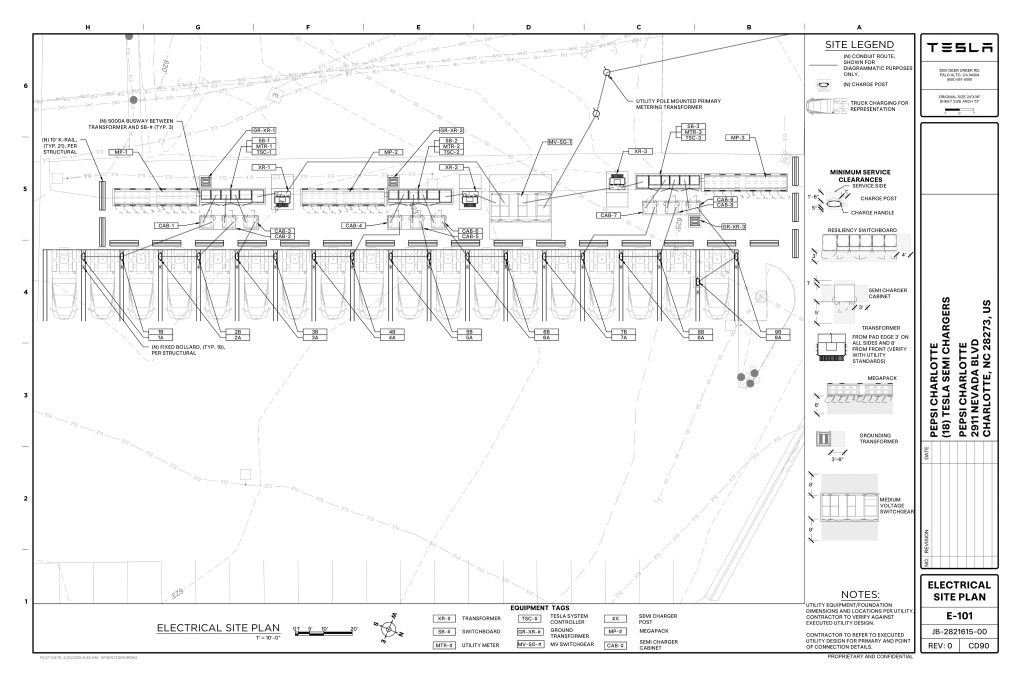
Credit: PepsiCo (via MarcoRPi1 on X)
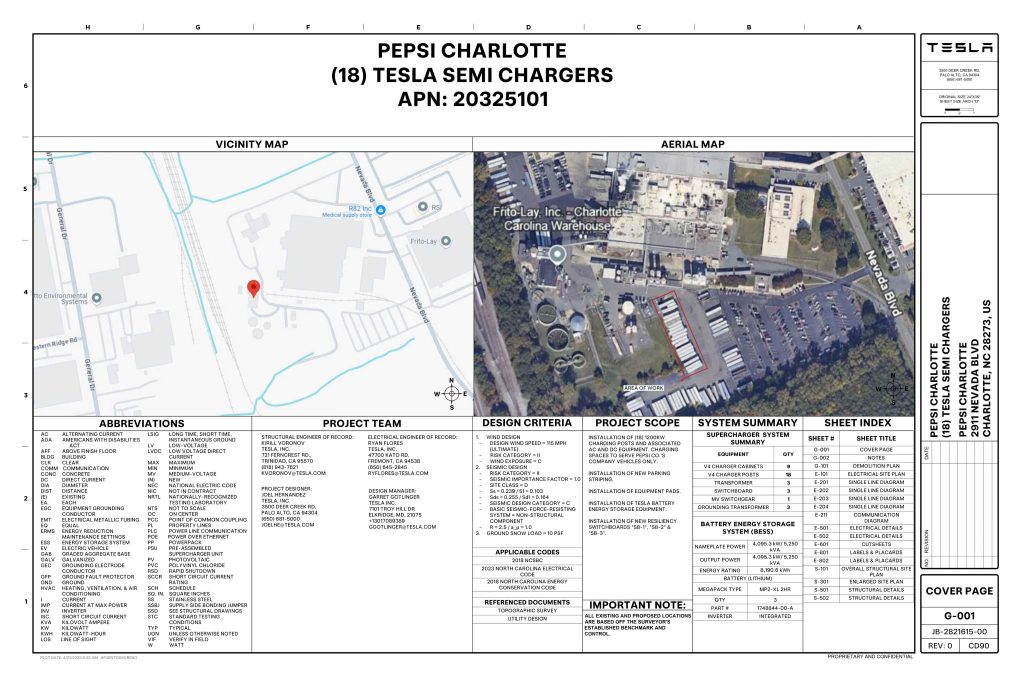
Credit: PepsiCo (via MarcoRPi1 on X)
READ MORE ON THE TESLA SEMI: Tesla to build Semi Megacharger station in Southern California
PepsiCo’s Tesla Semi fleet, other Megachargers, and initial tests and deliveries
PepsiCo was the first external customer to take delivery of Tesla’s Semis back in 2023, starting with just an initial order of 15. Since then, the company has continued to expand the fleet, recently taking delivery of an additional 50 units in California. The PepsiCo fleet was up to around 86 units as of last year, according to statements from Semi Senior Manager Dan Priestley.
Additionally, the company has similar Megachargers at its facilities in Modesto, Sacramento, and Fresno, California, and Tesla also submitted plans for approval to build 12 new Megacharging stalls in Los Angeles County.
Over the past couple of years, Tesla has also been delivering the electric Class 8 units to a number of other companies for pilot programs, and Priestley shared some results from PepsiCo’s initial Semi tests last year. Notably, the executive spoke with a handful of PepsiCo workers who said they really liked the Semi and wouldn’t plan on going back to diesel trucks.
The company is also nearing completion of a higher-volume Semi plant at its Gigafactory in Nevada, which is expected to eventually have an annual production capacity of 50,000 Semi units.
Tesla executive teases plan to further electrify supply chain
News
Tesla sales soar in Norway with new Model Y leading the charge
Tesla recorded a 54% year-over-year jump in new vehicle registrations in June.
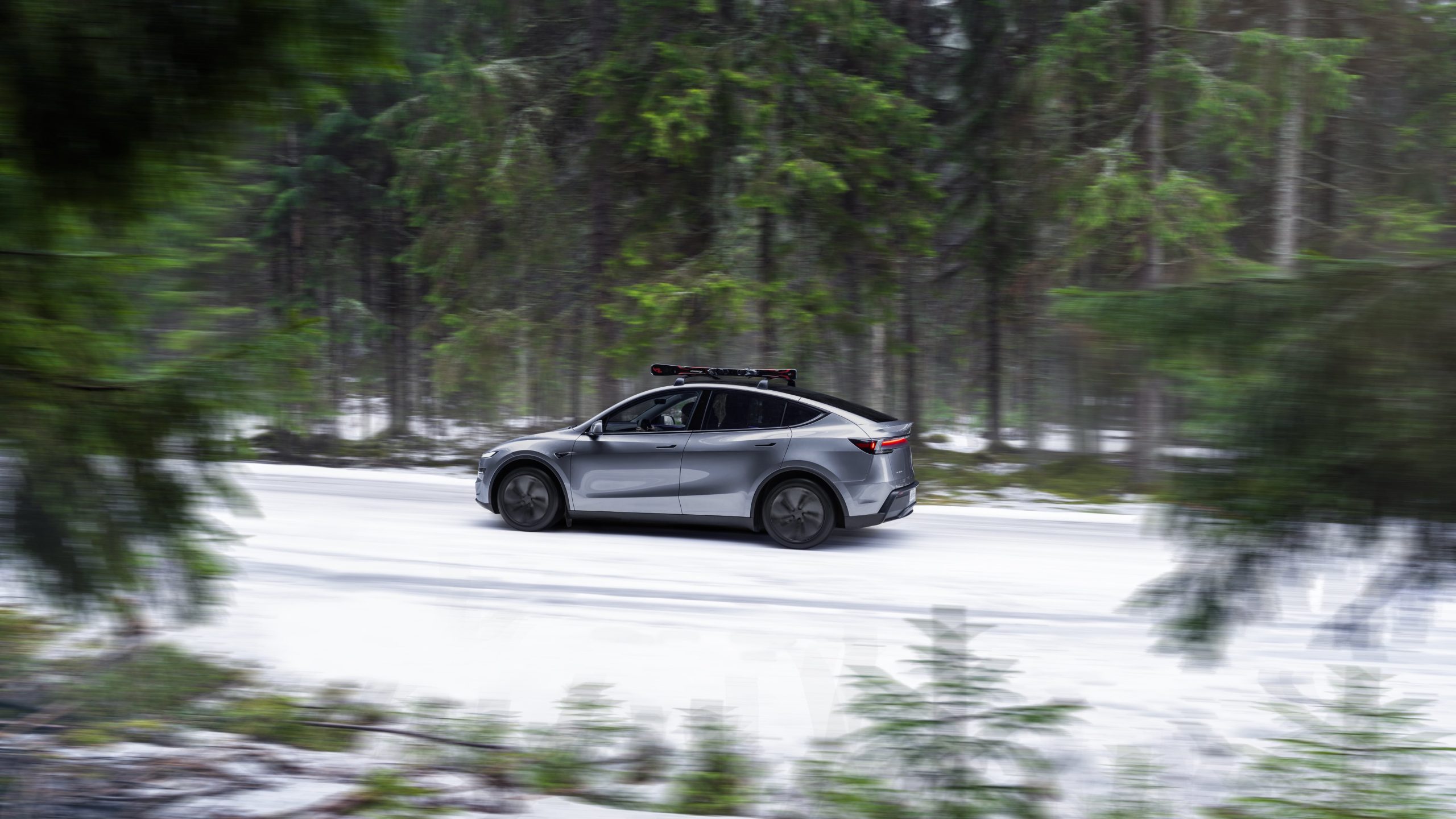
Tesla is seeing strong momentum in Norway, with sales of the new Model Y helping the company maintain dominance in one of the world’s most electric vehicle-friendly markets.
Model Y upgrades and consumer preferences
According to the Norwegian Road Federation (OFV), Tesla recorded a 54% year-over-year jump in new vehicle registrations in June. The Model Y led the charge, posting a 115% increase compared to the same period last year. Tesla Norway’s growth was even more notable in May, with sales surging a whopping 213%, as noted in a CNBC report.
Christina Bu, secretary general of the Norwegian EV Association (NEVA), stated that Tesla’s strong market performance was partly due to the updated Model Y, which is really just a good car, period.
“I think it just has to do with the fact that they deliver a car which has quite a lot of value for money and is what Norwegians need. What Norwegians need, a large luggage space, all wheel drive, and a tow hitch, high ground clearance as well. In addition, quite good digital solutions which people have gotten used to, and also a charging network,” she said.
Tesla in Europe
Tesla’s success in Norway is supported by long-standing government incentives for EV adoption, including exemptions from VAT, road toll discounts, and access to bus lanes. Public and home charging infrastructure is also widely available, making the EV ownership experience in the country very convenient.
Tesla’s performance in Europe is still a mixed bag, with markets like Germany and France still seeing declines in recent months. In areas such as Norway, Spain, and Portugal, however, Tesla’s new car registrations are rising. Spain’s sales rose 61% and Portugal’s sales rose 7% last month. This suggests that regional demand may be stabilizing or rebounding in pockets of Europe.
-

 Elon Musk2 weeks ago
Elon Musk2 weeks agoTesla investors will be shocked by Jim Cramer’s latest assessment
-

 Elon Musk2 days ago
Elon Musk2 days agoxAI launches Grok 4 with new $300/month SuperGrok Heavy subscription
-

 Elon Musk4 days ago
Elon Musk4 days agoElon Musk confirms Grok 4 launch on July 9 with livestream event
-

 News1 week ago
News1 week agoTesla Model 3 ranks as the safest new car in Europe for 2025, per Euro NCAP tests
-

 Elon Musk2 weeks ago
Elon Musk2 weeks agoA Tesla just delivered itself to a customer autonomously, Elon Musk confirms
-

 Elon Musk1 week ago
Elon Musk1 week agoxAI’s Memphis data center receives air permit despite community criticism
-

 News2 weeks ago
News2 weeks agoXiaomi CEO congratulates Tesla on first FSD delivery: “We have to continue learning!”
-

 Investor's Corner2 weeks ago
Investor's Corner2 weeks agoTesla gets $475 price target from Benchmark amid initial Robotaxi rollout

